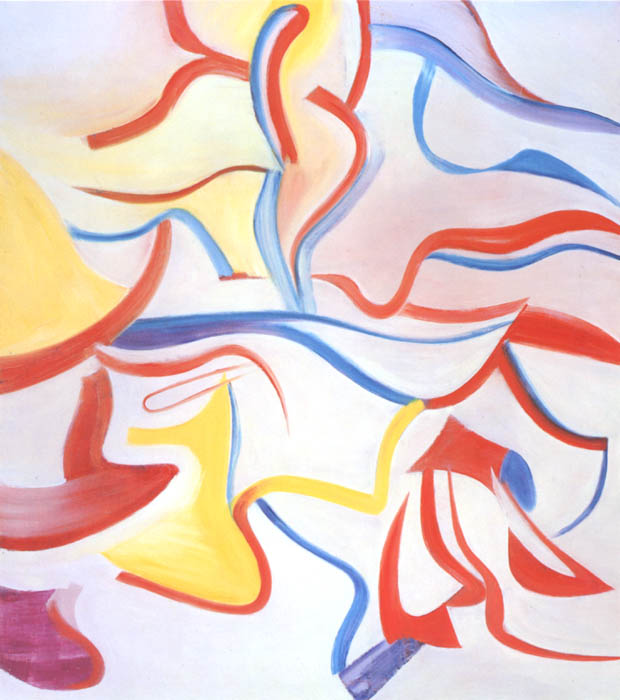My husband recently sent me this link to a fascinating article in MedScape: “From Jazz Bass to Impressionism: How Brain Disorders Influence Art.” He knows I’m a big fan of abstract expressionism—especially artists like Willem de Kooning (and his wife, Elaine, who is actually one of the three main characters in my novel, Cherry Bomb)—and that I’m always fascinated by connections between mental health/illness and creativity. (De Kooning is one of the creatives discussed in the article.)
In the introductory paragraph, the author John Watson explains his reason for delving into this “collection of painters, writers, and musicians whose neurologic conditions informed, and sometimes interrupted, their life’s work.” Watson believes these observations “can help achieve one of art’s greatest objectives—to shine a light on human experience at the very place it is created, understood, and expressed: our brains.”

Of course I was most fascinated by Watson’s evaluation of Willem de Kooning’s later works, which he excelled at for several years after he was unable to perform routine daily tasks due to Alzheimer’s disease. de Kooning and his works were evaluated by clinicians, who were astounded at the complexity of the work he did fairly late into the disease process, saying “his productivity may indicate the preservation of the artist’s working, procedural, and episodic memory, and other neurologic underpinnings crucial to seeing out artistic concepts.”
The preservation of his procedural and episodic memory well into Alzheimer’s disease? This reminds me of the importance of keeping things like music and art available to Alzheimer’s patients as much as possible, which I wrote about in this post in January of 2015, “Alive Inside.”
Watson also explored literature, citing Fyodor Dostoevsky’s “searching depictions of individuals facing stark moral crises in otherwise unjust societies are regarded as foundational texts to the fields of psychoanalysis and existential philosophy.” Dostoevsky suffered from epilepsy. Watson’s research showed that “modern imaging attributes ecstatic auras to activation of the anterior insular cortex.” Another mental health issue possibly resulting in creative genius.
The article shares insights into the struggles and creative successes of a dozen artists, including:
Frida Kahlo—spinal injury and related neurologic disorders;
Woodie Guthrie—paranoid schizophrenia;
Chuck Close (contemporary American painter)—dyslexia and prosopagnosia (face blindness);
Stevie Wonder—colored music synesthesia;
Friedrich Nietzsche—oscillation between euphoria and deep depression, possibly caused by syphilis;
Lovis Corinth (German impressionist painter)—right hemispheric stroke;
Charles Mingus (bass player)—amyotrophic lateral sclerosis;
Charles “Buddy” Bolden (jazz cornet player)—alcohol dependency and schizophrenia;
Vincent van Gogh—more than 30 retrospective diagnoses.
I was fascinated by every reflection. If you’re interested, just click on this link and scan through to the artists that interest you and read the short stories about what they suffered and what they shared with the world.